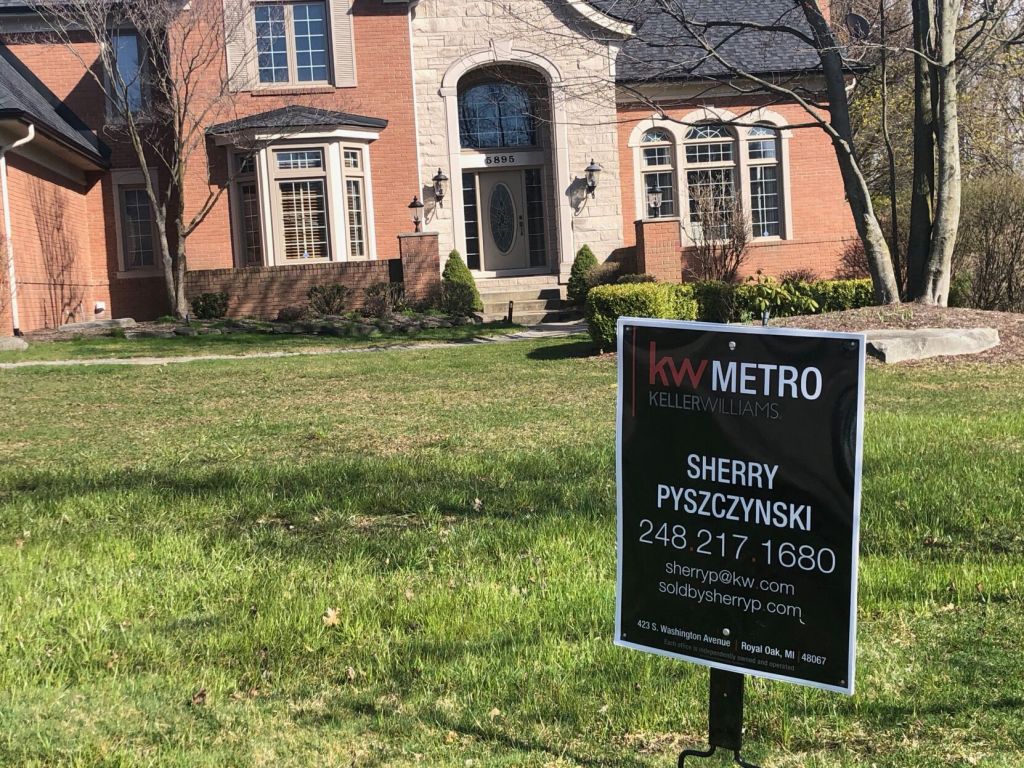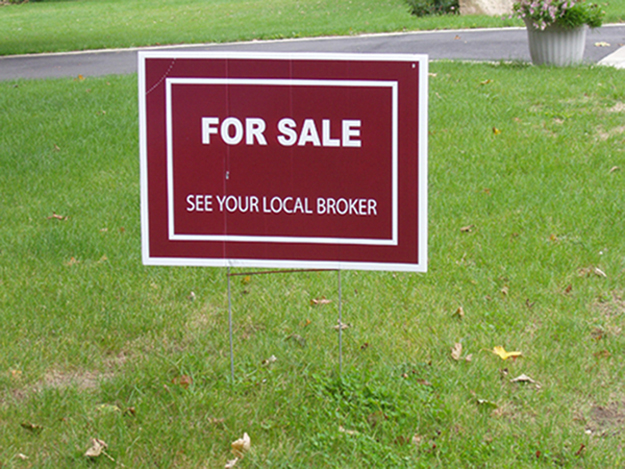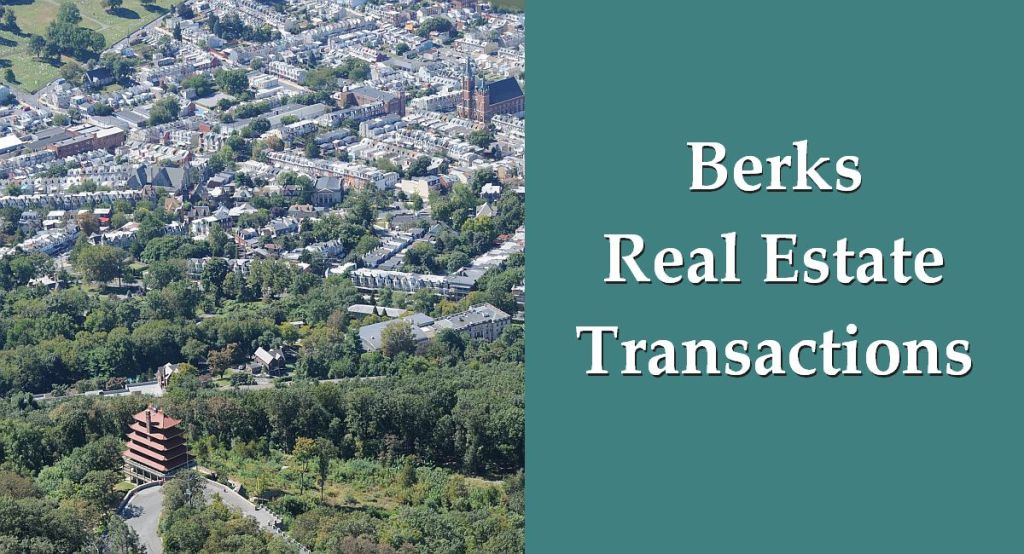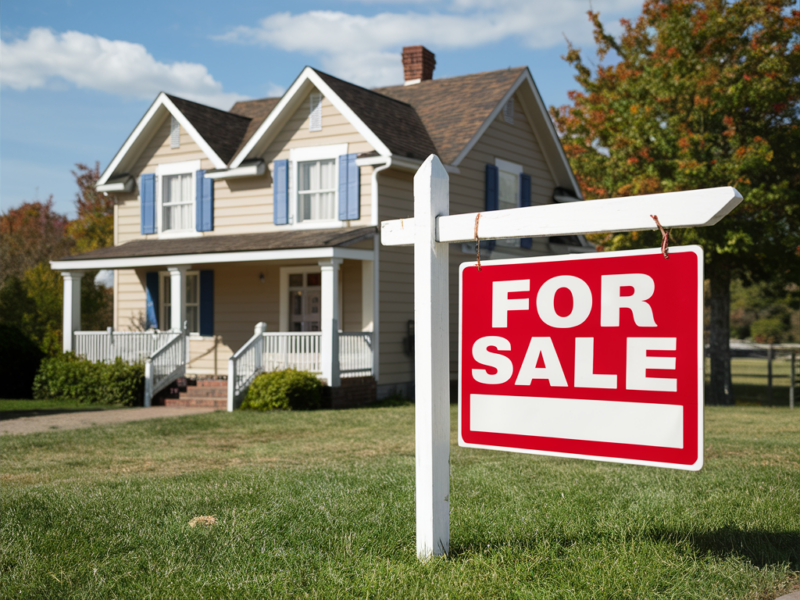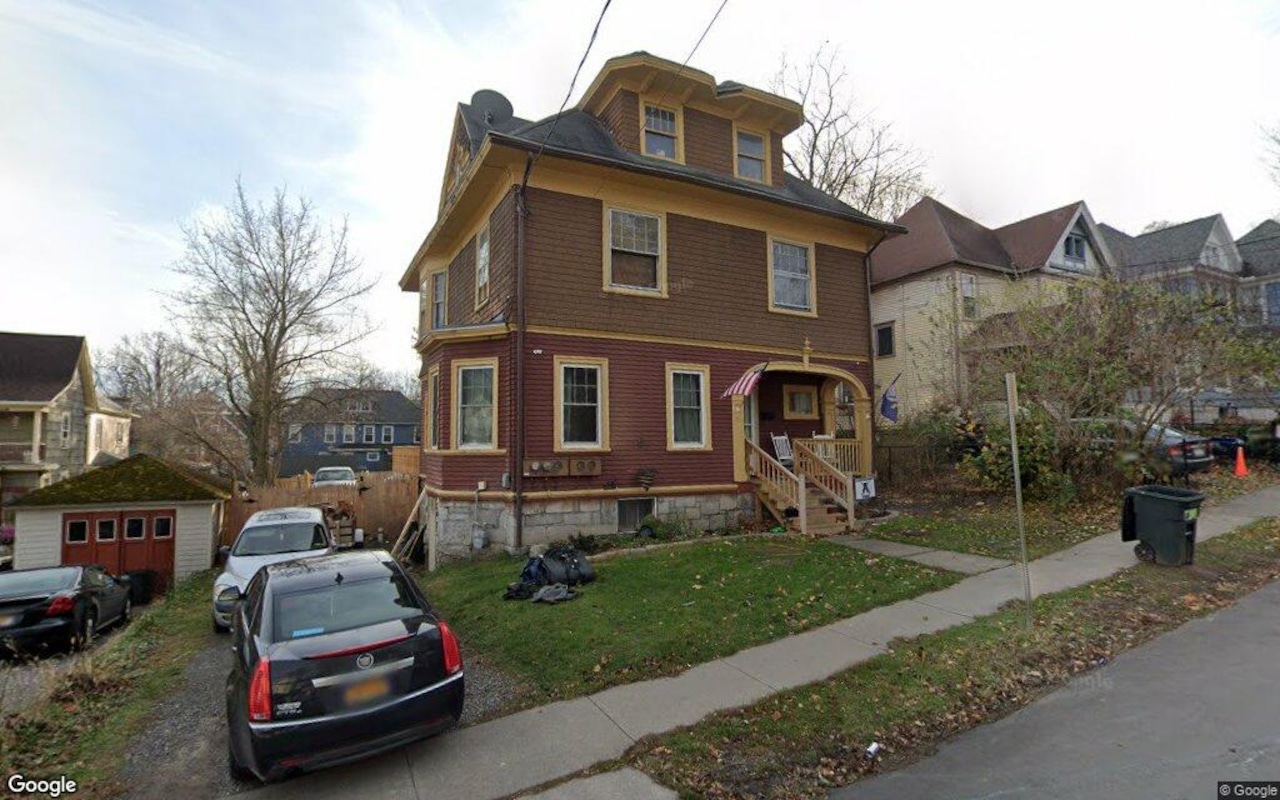M
ortgage rates have fallen sharply from recent highs, giving buyers a breather and letting homeowners who were “stuck” in the so‑called golden handcuff refinance. Yet experts caution that true affordability will still take time. After the pandemic‑era boom, rates spiked and the market stalled: sellers feared losing their low rates, while buyers faced scarce inventory and higher borrowing costs.
Mauricio Umansky told FOX Business that affordability remains tough, but early signs point to improvement. He notes that home prices are beginning to dip, even if official data lags, and expects lower rates to spur supply, helping the market rebalance by 2026‑27.
Philip White, CEO of Sotheby’s International Realty, echoed this optimism. He highlighted a rise in inventory across most regions, giving buyers more options than in recent years. “This increased supply is creating a more balanced market,” White said. “While rates still matter, the better inventory picture could make homes more accessible for qualified buyers in the coming months and next year.”
Realtor.com chief economist Danielle Hale offered a tempered view. Mortgage rates have dropped nearly 70 basis points from the 2025 peak and about 150 from the 2023 high, easing near‑term affordability. The average 30‑year fixed rate fell to 6.35% last week, the biggest weekly drop in a year, according to Freddie Mac. This decline opens refinance opportunities for those who bought during peak periods and improves affordability relative to those times. Hale remains uncertain about 2026‑27, noting that rates are likely to stay in the low‑6% range for at least another year, with only modest gains expected.
Hale also projects modest income growth, which could ease financial pressure, though a cooling labor market may temper that rise. Lower home prices will also help, especially in softer markets. She stresses that a full affordability breakthrough is unlikely in 2026‑27, but modest improvements are possible, particularly where inventory gains are strongest.

